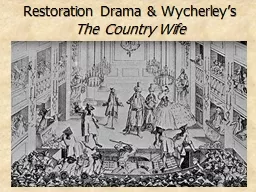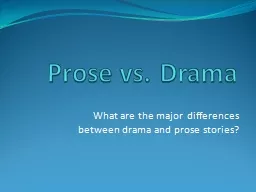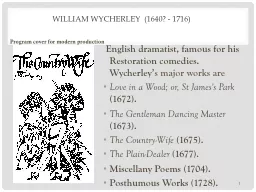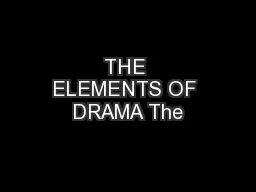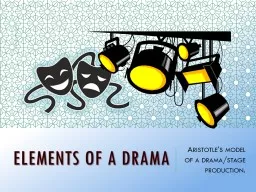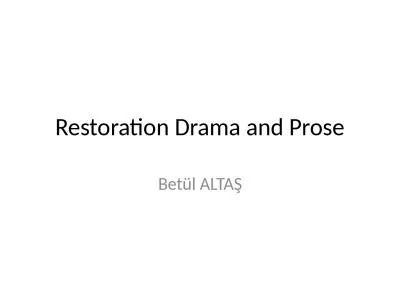PPT-Restoration Drama & Wycherley’s
Author : cheryl-pisano | Published Date : 2016-05-23
The Country Wife The End of Renaissance Drama Renaissance drama prospers through the early 17 th centuryafter Elizabeths death in 1603 we know it as Jacobean drama
Presentation Embed Code
Download Presentation
Download Presentation The PPT/PDF document "Restoration Drama & Wycherley’s" is the property of its rightful owner. Permission is granted to download and print the materials on this website for personal, non-commercial use only, and to display it on your personal computer provided you do not modify the materials and that you retain all copyright notices contained in the materials. By downloading content from our website, you accept the terms of this agreement.
Restoration Drama & Wycherley’s: Transcript
Download Rules Of Document
"Restoration Drama & Wycherley’s"The content belongs to its owner. You may download and print it for personal use, without modification, and keep all copyright notices. By downloading, you agree to these terms.
Related Documents

